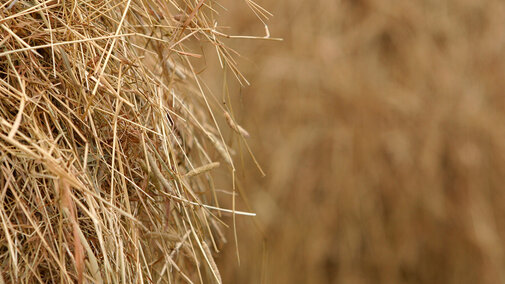Grazing Bt Corn Residue
Corn residue is a valuable resource for grazing, but some producers believe cattle performance has declined with the rise of Bt corn hybrids. While Bt (Bacillus thuringiensis) traits protect corn against pests like corn borer, it has led some to question whether these hybrids affect the nutritional quality of corn residue. Today, let’s take a look and see.
In short, research indicates no significant difference in the digestibility of residue between Bt and non-Bt corn. Studies conducted by the University of Nebraska-Lincoln (UNL) from 2001 to 2011 compared calf gains on Bt and non-Bt residue and found no variation in performance. Similar findings were reported in Iowa State studies with beef animals and UNL studies with dairy cattle.
So why do some producers feel otherwise? One possible explanation is increased cattle size. Larger animals require more feed than smaller animals of the past, and if stocking rates have not been adjusted accordingly, cattle may not be getting enough feed.
A second impact may be the reduced plant damage Bt corn from pests. Paired with more efficient harvesting methods, less grain may be left behind in the field for cattle to forage. This could lead to the perception of lower performance.
Finally, another factor is yield. As corn yields have increased, the quality of the residue, particularly leaves and husks, may have decreased. More energy is directed toward grain production, with less for the plant itself. Since leaves and husks are the main dietary components for grazing cattle, any decline in their quality can make it harder for cattle to meet their nutritional needs.
While Bt traits do not directly affect corn residue’s quality for grazing, secondary factors like animal size, less grain on the ground, and the impact of higher yields on residue quality must be considered. Effective grazing management is critical, especially for high-yielding fields, to ensure cattle are adequately fed.
Testing Hay
While we, as producers, do all we can in season to store up quality hay, nutrient value in hay can change drastically from year to year. Even in the same field cut at a similar time, annual swings of 5% crude protein content and 10% TDN are not uncommon. With crop residues like cornstalk bales, we may have a smaller swing in nutrient differences, but a drop from 5% CP to 3% can have a big impact on supplement strategies and need. When it comes time to feed this winter, knowing what quality hay you have can mean the difference between over or underfeeding hay and/or supplement. Ultimately, differences can affect the bottom line as well as have negative consequences for herd health and fertility.
Testing hay isn’t hard, it just takes a bit of time and planning. The first step is to get a quality hay probe. Next, divide your hay into lots, bales that were harvested from the same field under similar conditions.
Sample 15-20 bales per lot, using the probe on the side that will capture the most layers. For round bales, sample from the rounded side; for squares, sample the shorter front or back end. Mix these samples from a lot together in a bucket and take out a quart sized Ziploc bag worth. Label the final sample with the hay type, lot number, and producer name and address and store in a cool, dry place until you can send it to your lab of choice for analysis. To avoid your sample sitting in the mail, ship during the first part of the week so the lab can begin processing before the weekend shutdown.
Testing hay can take a bit of time, but accurately knowing the value of forages this winter can save money and help when it’s time to make decisions about providing supplemental feed. If you haven’t done so yet, now’s the time to test before winter sets in.

